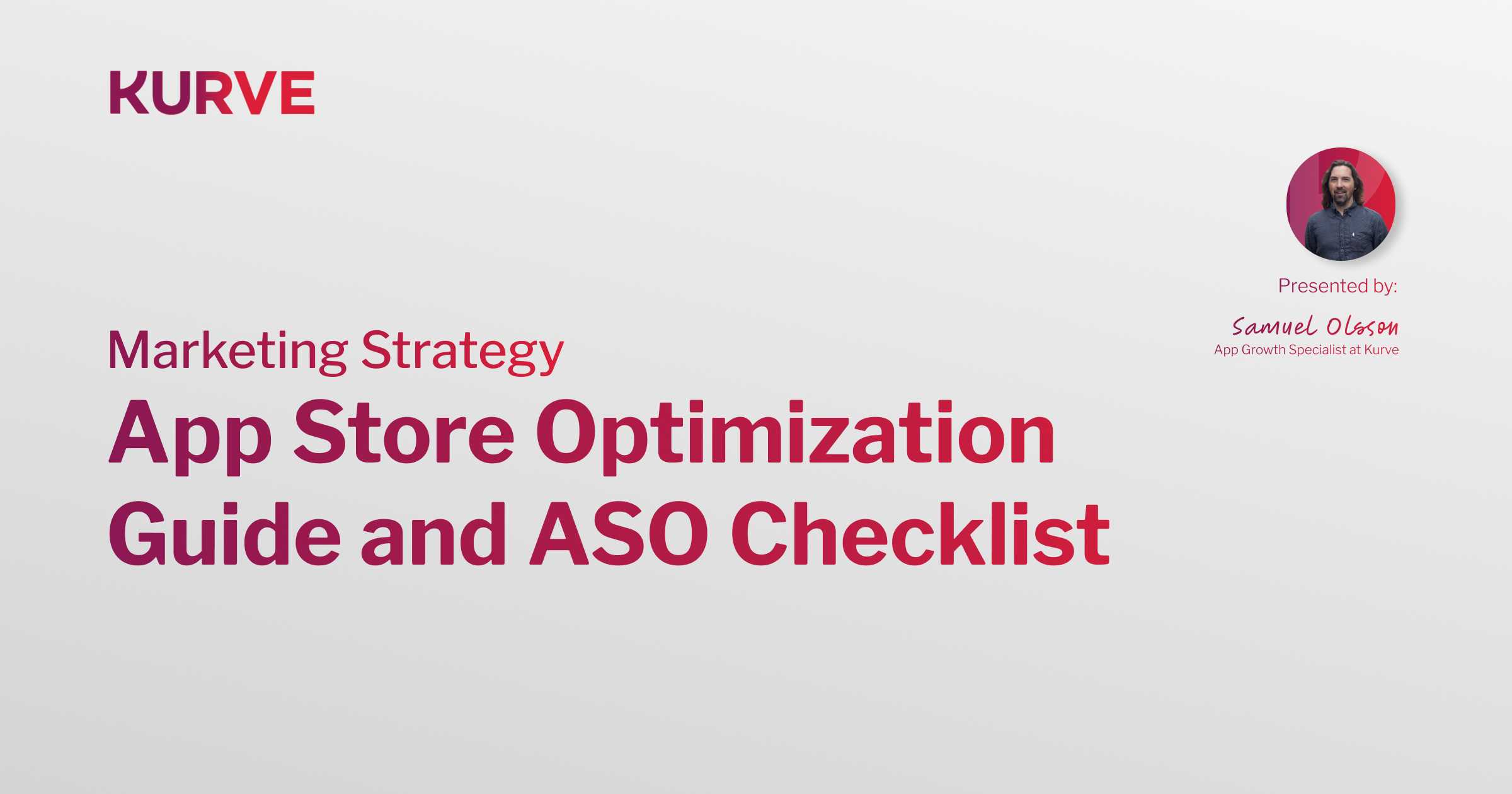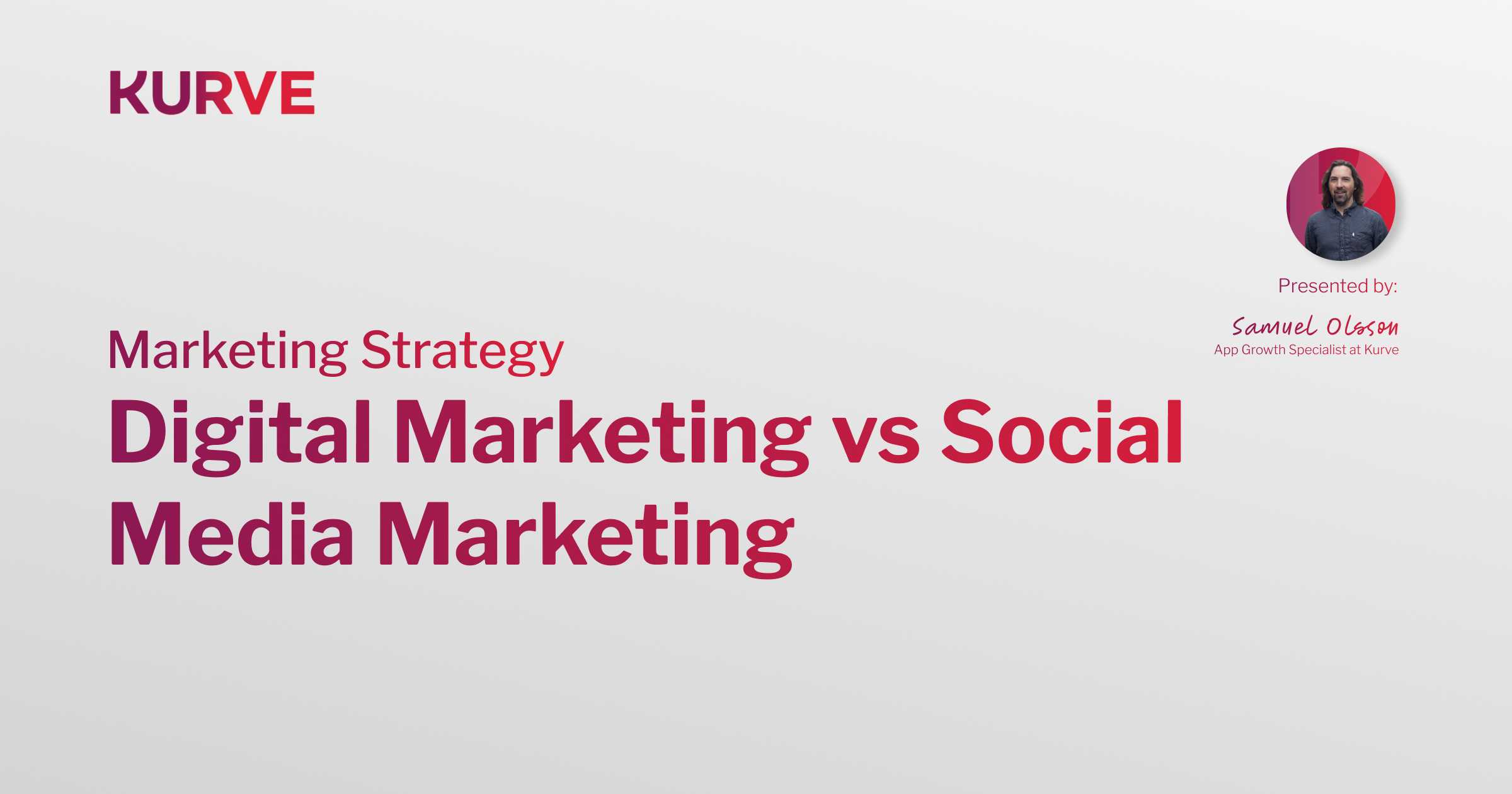How to Choose the Perfect App Category
When it comes to launching a mobile app, one of the most overlooked yet vital steps is selecting the right category. Whether on iOS or Android, app store categories define where your app will appear, who will find it, and how the algorithm ranks it. The right choice can elevate your visibility, while the wrong one can bury even the best-built product under thousands of irrelevant listings.
This guide explores how app categories impact visibility, user intent, and App Store Optimization (ASO). By the end, you’ll know how to identify the ideal category that aligns with your app’s purpose, audience, and growth strategy.
Table of Contents
- Understanding App Categories and Their Role in Discovery
- How Categories Influence Visibility
- Why App Category Selection Matters for ASO
- Types of App Store Categories
- How to Choose the Right App Category
- App Store Categories and Ranking Dynamics
- How to Optimize Your App Listing for Its Category
- How This Article Can Help App Rankings
- FAQs
Understanding App Categories and Their Role in Discovery
App categories are classifications used by both Apple’s App Store and Google Play to organize apps by type, purpose, or target user. They simplify the browsing process for users while providing a framework for app store algorithms to rank apps within comparable segments.
Think of categories as digital shelves, each with its own competition, trends, and audience behaviour. Selecting the right shelf ensures your app is seen by the right people, increasing downloads and engagement.
How Categories Influence Visibility
When users explore app stores, many navigate through categories rather than relying solely on search. The ranking within a category determines how often your app appears in recommendations, lists, and “Top Charts.” A well-chosen category improves:
- Discoverability: Users browsing specific genres are more likely to find your app.
- Relevance: Your app competes with others of similar purpose, not unrelated ones.
- Ranking Potential: A strategic category can make your app more competitive in search algorithms.
| Criterion | What to Check | Tools / Data | ASO Impact | Example Decision |
|---|---|---|---|---|
| Core Function | Primary problem the app solves and main use case | Product requirements, user stories | Aligns expectations and improves browse relevance | Meditation app selects Health & Fitness over Lifestyle |
| Competitor Mapping | Where top comparable apps are categorized | Store search, category Top Charts | Matches user and algorithm expectations, raises ranking potential | Budgeting apps clustered in Finance, follow that category |
| User Intent and Keywords | Queries users would use to find the app | Keyword research, store autocomplete | Boosts discoverability in browse and search | Workout timer terms point to Health & Fitness |
| Competition Level | Category saturation and difficulty | Rank tracking, category size, velocity | Easier to rank in focused niches | Choose Productivity niche over broad Utilities |
| Platform Structure | iOS vs Google Play category and subcategory options | Apple categories list, Play Console categories | Correct placement unlocks relevant charts | Game picks Puzzle (iOS subcategory) vs Puzzle (Play Games genre) |
| Performance Signals | Downloads, retention, ratings vs category peers | Analytics, cohort retention, review scores | Superior peer metrics drive rank climbs | Strong day 7 retention fits Education better than Lifestyle |
| Regional Fit | Localized category expectations by market | Market research, localized metadata | Improves conversion and relevance per country | Maps and Navigation in regions with commuting demand |
| Trend and Evolution | Emerging tech and new category options | Store updates, industry news | Keeps placement future proof and competitive | Re evaluate biannually as categories evolve |
| Listing Consistency | Keywords, visuals, and copy match chosen category | Store listing audit, AB tests | Higher relevance and conversion rate | Icon and screenshots show finance motifs for Finance apps |
Why App Category Selection Matters for ASO
Your choice of category directly influences your App Store Optimization (ASO) performance. ASO is all about improving visibility and conversion rates within app stores, and your category helps define the search and browse pathways that lead users to your app.
How Categories Affect ASO Rankings
App stores rank apps within their respective categories using metrics like downloads, reviews, retention, and engagement. The more your app performs well compared to others in the same group, the higher it climbs in rankings. Choosing an overly broad or unrelated category can dilute your performance metrics and harm your ranking potential.
Types of App Store Categories
Both major app platforms, Apple’s App Store and Google Play, use similar but distinct categorization structures. Understanding these is the first step toward making an informed decision.

iOS App Store Categories
Apple’s App Store currently includes over two dozen main categories. Common examples include:
- Business
- Education
- Entertainment
- Finance
- Health & Fitness
- Lifestyle
- Music
- Productivity
- Shopping
- Travel
- Utilities
Each main category also includes subcategories for niche apps, like “Action,” “Puzzle,” or “Simulation” under Games.
Google Play Categories
Google Play offers a similar structure with a few platform-specific distinctions. Popular categories include:
- Art & Design
- Auto & Vehicles
- Beauty
- Books & Reference
- Communication
- Health & Fitness
- Maps & Navigation
- Photography
- Shopping
- Sports
- Tools
Additionally, Google Play features specialized game categories like Racing, Role-Playing, and Simulation, each with unique ranking algorithms and audience behaviour.
How to Choose the Right App Category
Choosing the ideal category requires more than guesswork. It’s a strategic decision based on your app’s function, user intent, and competition. Here’s a practical framework for selecting the most suitable category for your app.
1. Identify Your Core Function
Ask yourself: what problem does your app solve? If your app helps users meditate, “Health & Fitness” might fit better than “Lifestyle.” Focusing on primary functionality ensures your app appears where users expect it.
2. Study Competitor Apps
Search for similar apps in your niche. Note which categories they belong to and evaluate their rankings. If most top-performing competitors are under one specific category, it’s likely the algorithm and users expect your app there too.
3. Consider User Intent and Search Behaviour
App stores reward relevance. Think about what terms or queries users might use to find your app. Align your category with those keywords to enhance discoverability.
4. Analyse Competition Levels
Some categories, like “Games” or “Social Networking,” are extremely saturated. While they promise large audiences, competition is fierce. A slightly narrower category could yield better rankings and sustained visibility.
5. Stay Informed on Trends
Category trends shift regularly. New technologies (like AI tools or AR apps) often inspire new categories or subcategories. Keep an eye on emerging markets to stay ahead of competitors.
6. Review ASO Compatibility
Ensure your category aligns with keywords, visuals, and copy across your app listing. Consistency strengthens both user trust and algorithmic signals.
App Store Categories and Ranking Dynamics
Choosing the right category isn’t just about visibility, it impacts how your app performs within store algorithms. Both Apple and Google assess how your app performs compared to others within the same category.
Ranking Factors Within Categories
- Downloads: The higher your download count relative to peers, the better your ranking.
- Engagement: Frequent usage and long sessions signal user satisfaction.
- Ratings and Reviews: High ratings improve credibility and search relevance.
- Update Frequency: Regular updates demonstrate reliability and support.
How to Optimize Your App Listing for Its Category
Once your category is chosen, optimization begins. This is where ASO intersects with category performance. Here’s how to maximize visibility and conversion:
- Keyword Alignment: Incorporate category-relevant terms in titles and descriptions.
- Icon and Visual Consistency: Reflect the app’s category theme visually.
- Localized Metadata: Translate and optimize category descriptions for each region.
- Use A/B Testing: Experiment with visuals and copy to find what works best.

How This Article Can Help App Rankings
Understanding app store categories empowers developers to make informed ASO decisions. Proper category placement improves organic visibility, connects your app to its intended audience, and enhances conversion rates. By integrating these insights with strategies outlined in Kurve’s App Store Optimization guide, you can elevate your app’s position across iOS and Android listings.
Additional Reading
- Apple Developer: App Store Categories – Official reference for current iOS category structures.
- Google Play Console Guide to Categories – Overview of Android app classification and submission rules.
Choosing the right app category isn’t a one-time decision, it’s an evolving strategy. As user behaviour, competition, and store algorithms change, so should your category analysis. The perfect match blends function, audience, and discoverability. When combined with a strong ASO strategy, it can significantly increase visibility, downloads, and long-term success.
FAQs
1. What are app store categories?
App store categories are predefined groups within app stores that classify apps based on functionality or purpose. They help users discover apps and assist algorithms in ranking apps fairly.
2. How do app categories affect downloads?
The right category increases visibility among the right audience, leading to higher engagement and download rates. It also impacts your position in “Top Charts” and search rankings.
3. Can I change my app’s category later?
Yes, both Apple and Google allow developers to update categories. However, frequent changes can disrupt your rankings, so evaluate carefully before switching.
4. Should I choose a broad or niche category?
Niche categories often mean lower competition and easier ranking, while broad ones offer larger audiences but tougher competition. The best choice depends on your app’s unique goals.
5. How often should I review my app category?
Review it at least twice a year. Market trends evolve quickly, and adjusting your category in response to user behaviour can sustain growth and improve long-term performance.


